I first saw Mark Smith of JBS Training Group on a Primary and Secondary ModCast a few years ago. He was not a cop; he was not military, and he was “just” a competitive shooter. I was interested in what he had to say, but I dismissed it as what does he know about the shooting I do? I kept seeing him pop up on ModCast and kept listening, but I just could not take what he was saying seriously. I have trained over the years with trainers teaching defensive shooting and I never was interested in what the “gamers” had to say. I had some people say they were looking to take classes that were not cop or military based, so I started looking. Mark’s name came up again and I started researching him more. The more I researched Mark the more I liked what I was hearing. I contacted Mark, set a date, and took a chance that anyone would sign up.
We were close on numbers for the class and close to canceling when Mark decided to give Indiana a try. By the start of class, we had 11 and I made 12. The class was full of normal earth people, former and current Military, and two first responders, I was the only cop.
The recommended round count was 750, however, Mark states in the class description that the class can be shot with 500 rounds.
TD-1
TD-1 was high 70’s, partly sunny, we had a breeze and no humidity. TD-1 started with a safety brief and assignment of responsibilities if an incident occurred. The responsibilities were noted on a target backer and placed in a single location along with medical gear. Mark explained how he got started in shooting and why he teaches others to shoot. He explains that what he is teaching is how to be a more efficient shooter both on the range and in defensive situations, he is not teaching tactics. Mark stated he would demo what he expected from us and assured us that he would not always make the perfect shot.
Zeroes were confirmed and our shooting abilities were evaluated. Trigger manipulation was covered in depth, and we practiced each style of trigger pull. Doubles were shown to get feedback from your shooting, and we worked on various ways to read the impact on the target with the doubles. We covered techniques for 1 hand shooting, and we tried each. Reload techniques were covered and practiced and dry fire techniques were covered with each skill. The occluded optic was discussed early in the day and leaving the optic occluded throughout the class was recommended. The mindset of shooting was covered in depth, and it was explained why it is as important as technique in shooting. Courses of fire were shot from the 3 to the 30-yard line. The class ran from 0800-1700 with a lunch and brakes to reload and tape targets. Those who were interested met at a local restaurant after class and we solved the shooting and training issues of the world. The round count for TD-1 was approximately 400 rounds.
TD-2
TD-2 was low 80’s, and sunny, we had a breeze and no humidity. TD-2 started with a review of the safety plan and who was assigned to which duty. TD-2 instruction included multiple targets, shooting on the move, and multiple position targets. After lunch Mark set up match stages that he uses to practice. Each stage was explained, Mark did a demo on each stage, and we were set free to shoot each stage to our desire. After some time on the stages, we reloaded and got ready for the class shooting test. After the shooting test, we were all humbled and the class was complete. Mark finished the day talking about why we need to keep in touch with why we carry a pistol and use that to maintain our proficiency. The shooting test was won by a top-notch shooter and earned with this group. The group of shooters in this class was outstanding and a great group to be around. I believe everyone had a great time in the class and I believe everyone improved. The round count for TD-2 was approximately 300 rounds.
My Takeaway
Deciding to host Mark was a great decision. This class was not only challenging in technique but mentally challenging. I entered the class feeling confident in my abilities after the Defoor class the week before, but I quickly determined that this class was not the type of class I was accustomed to and the techniques were something I had not seen before. I was challenged the entire class and mentally exhausted during the stages. I did not shoot two of the five stages as I was not confident in my ability at the time to shoot them safely. The three stages I did shoot showed that I was starting to outrun my headlights and I needed to slow down and think. It was fun to get a taste of competition.
After this class, I finally feel that I know what to dryfire. I have been told to dryfire for years by instructors, but I feel this class finally gave me a path to travel in dryfire. Mark would give you a course of fire, give you pointers on shooting that course then demo the course of fire then have you dryfire the course of fire then goes live when you felt ready. This was eye-opening.
My equipment for this class was my Gen 4 Glock 19 with MOS slide, factory barrel, factory trigger and Zev Magwell. Atop the MOS slide was an original C&H Precision optics plate holding a Holosun 407. Magazines were a mix of Glock factory and MagPul 19 and 17 mags. I started the class with my nylon duty belt and Safariland 6380 RDS holster with SLS, SLS Sentry and ALS. I originally thought about running the class from appendix utilizing my Tenicor and Glock 19 with direct milled Zev slide and RMR, so I had it with me.
I have not shot two high-round count classes back-to-back ever, the last two weeks put my equipment to the test and exposed issues. During Defoor’s class, my Holosun 407 started switching between the dot reticle and the circle reticle under recoil randomly. The issue stopped after TD-1 of Defoor and I chalked it up to the sight having some miles on it. TD-1 of JBS my reticle started switching back and forth again but would also turn off. I would hit the power button; the reticle would return, and I would shoot a couple of rounds and the reticle would turn off. Switching from dot to iron sights repeatably affected my accuracy and got into my head about my abilities. I attempted to change the battery on the 407 but the left torx screw would not move and stripped. I switched to my Tenicor holster and Zev upper during a break. The Zev upper will not work in an ALS holster due to the design of the front serrations catch on the ALS so I had to change holsters. I shot the rest of TD-1 from appendix.
Once home on TD-1 I extracted the stripped screw and removed the 407. To my surprise, the battery was installed in 2019, so much for keeping up on battery maintenance. I cleaned the sight up, checked the mounting screws on the C&H plate, and started to mount the 407 back onto the plate. When I torqued the torx screw using the Fix-It Stick torque limiter I felt the tension let go. I removed the 407 and found that the threaded post had broken loose, I was now out an RDS gun. I made the decision to shoot my G19 without the optic on TD-2 as I needed the practice with iron sights as I am only authorized to carry a pistol on duty with iron sights. My accuracy suffered on TD-2, but I challenged my abilities to the max.
Towards the end of TD-2 I started having double feeds with the same G19. I believed the issue was G17 mags, but I was not positive as the mags were brand new and had only had couple of 100 rounds through them. The other issue I noticed was that the slide was harder than usual to rack, I just figured it was due to it being a full day of training. I finished the day without any other malfunctions. I went to change slides back to my concealed carry configuration at the end of TD-2 and my recoil spring ejected itself out of the gun. All I could find was the spring leaving me to believe the guide rod had broken. This was an after-market 13-pound recoil spring I had purchased when I built the original pistol with a comp.
The other equipment issue I had was that both my pairs of Peltors failed to work even with new batteries the clear lenses of my Gargoyle ballistic safety glasses broke at the nose bridge.
The metal target stands were a challenge in class, but less of a hindrance to the instruction. Mark is invited back for 2023 and I hope to fill the class.
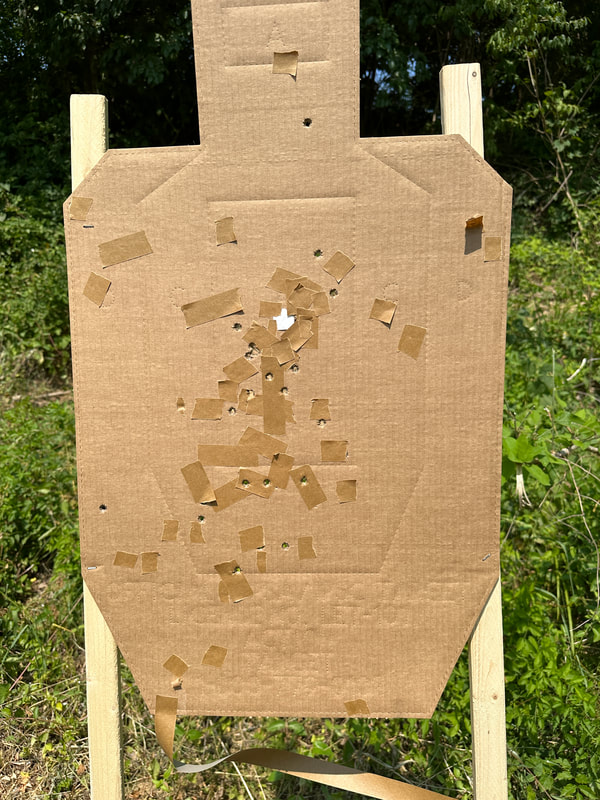
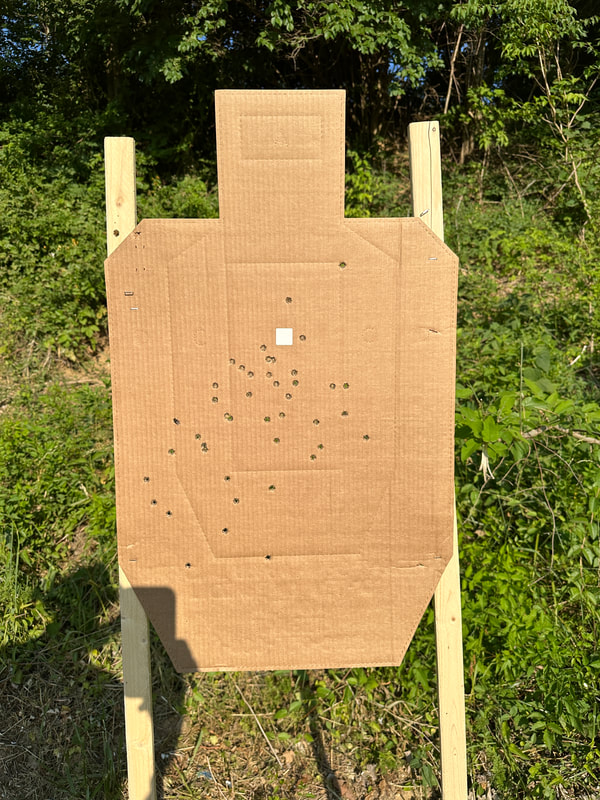
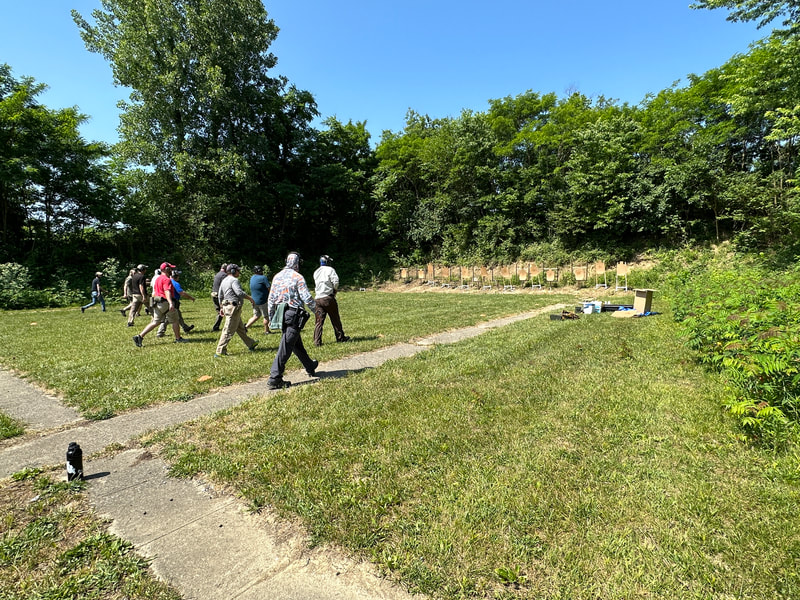
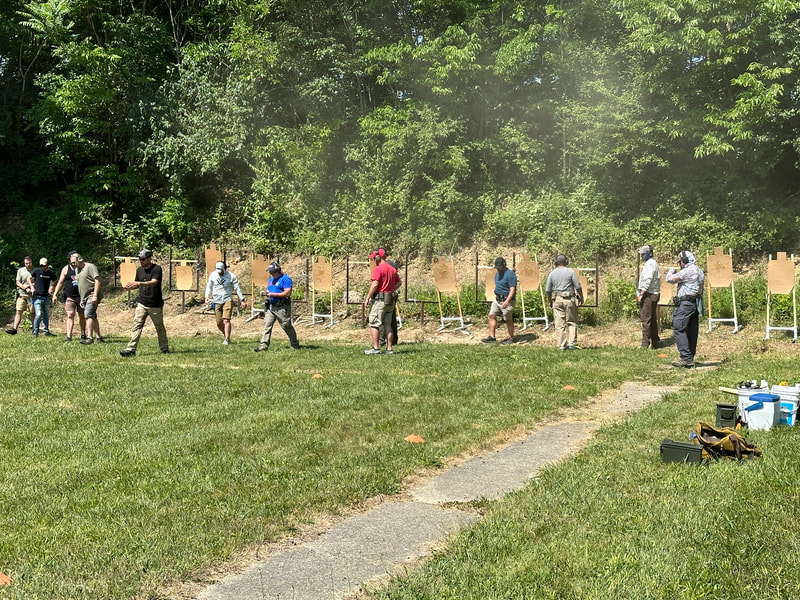
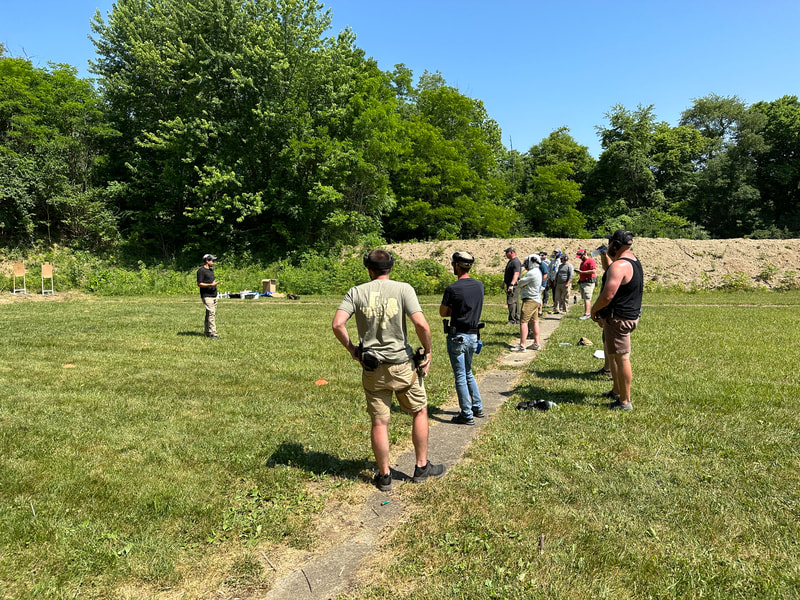
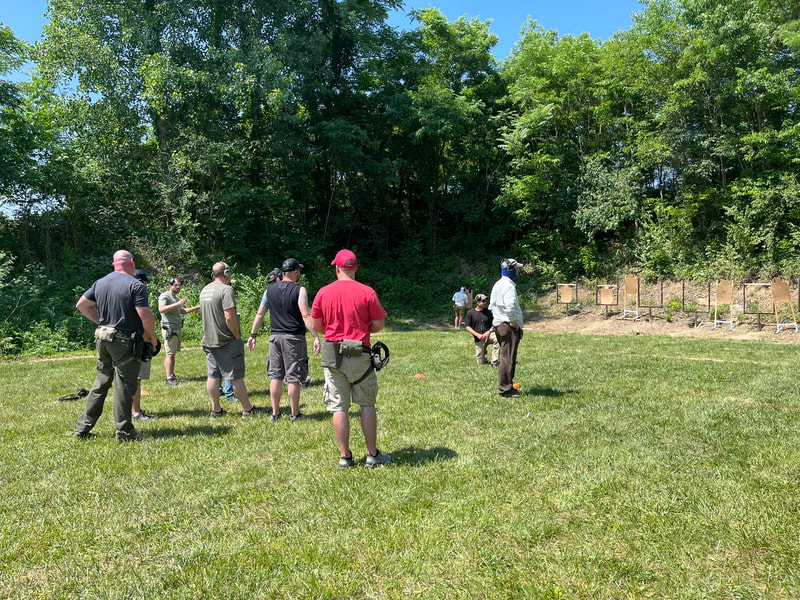
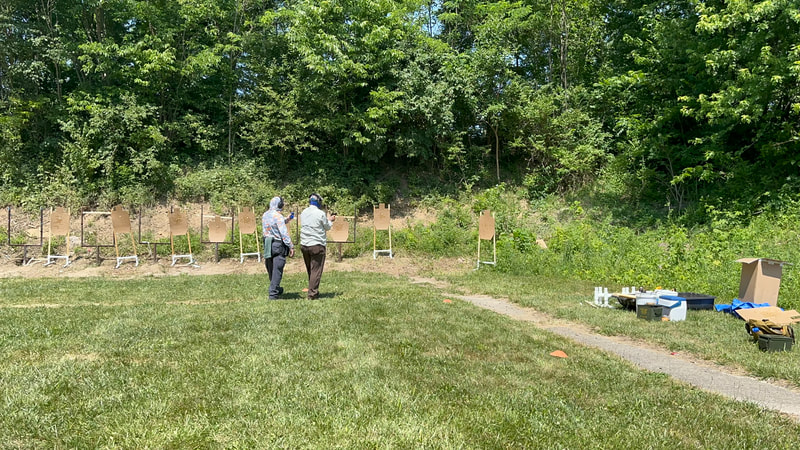
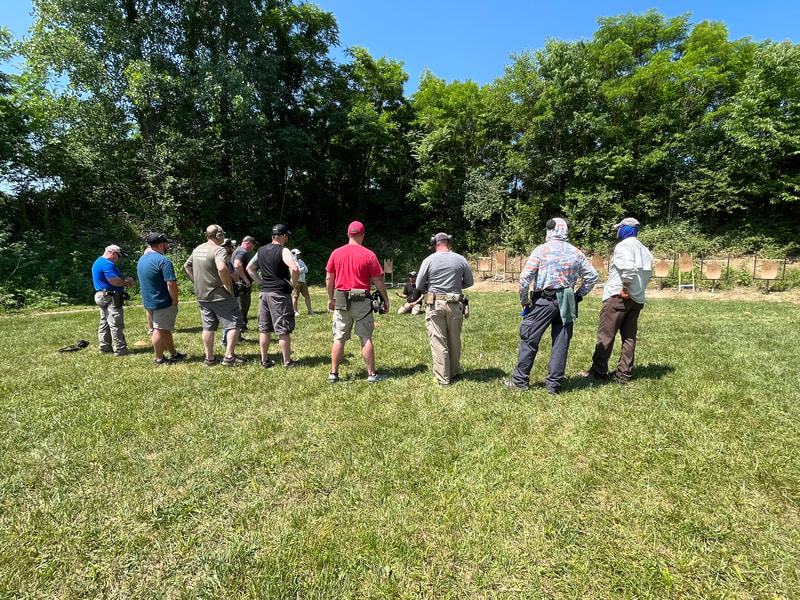
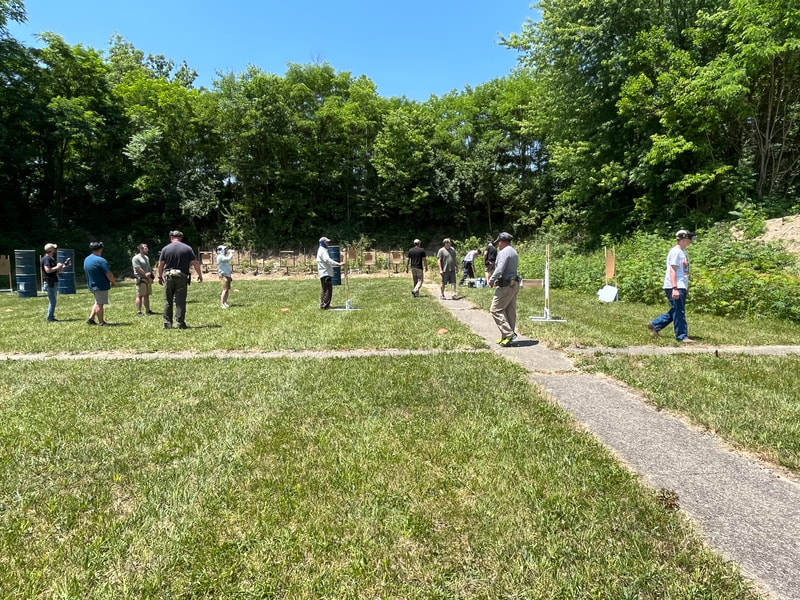
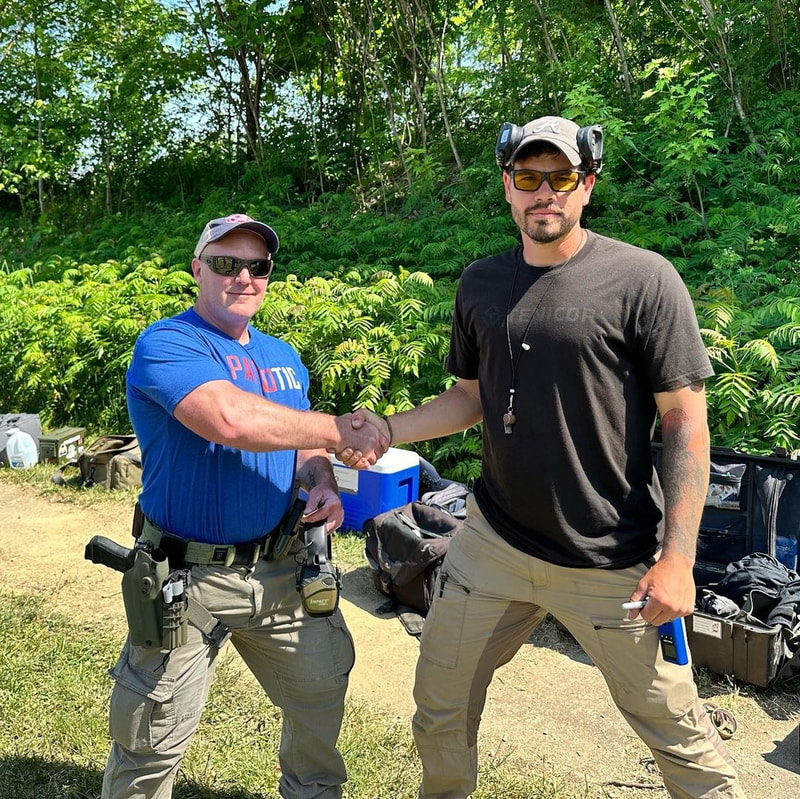
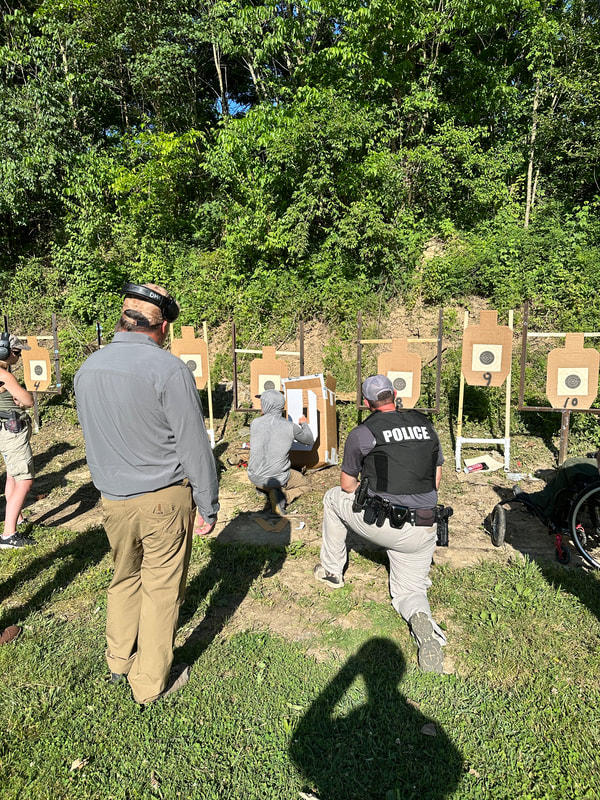
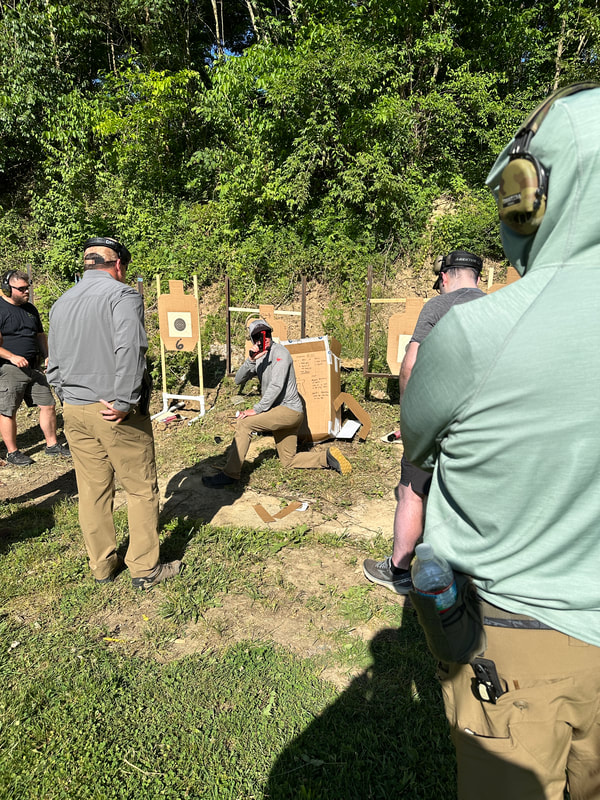
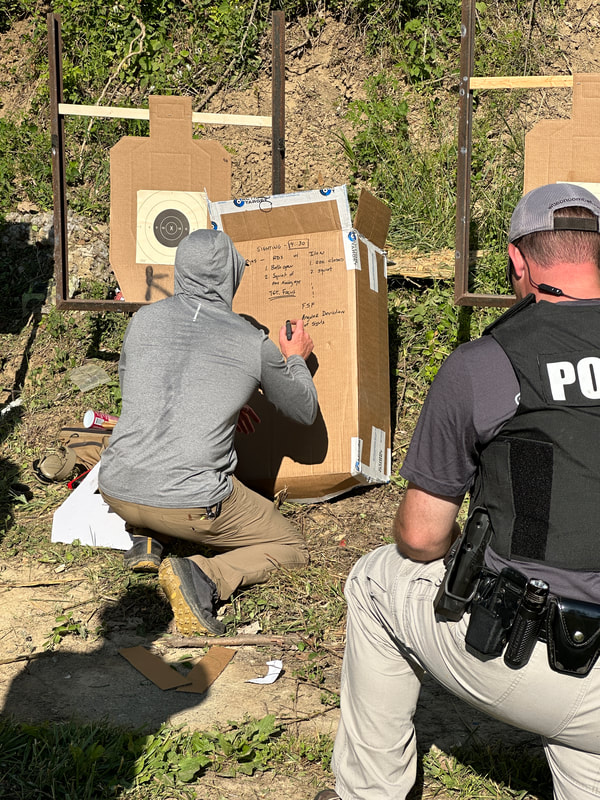
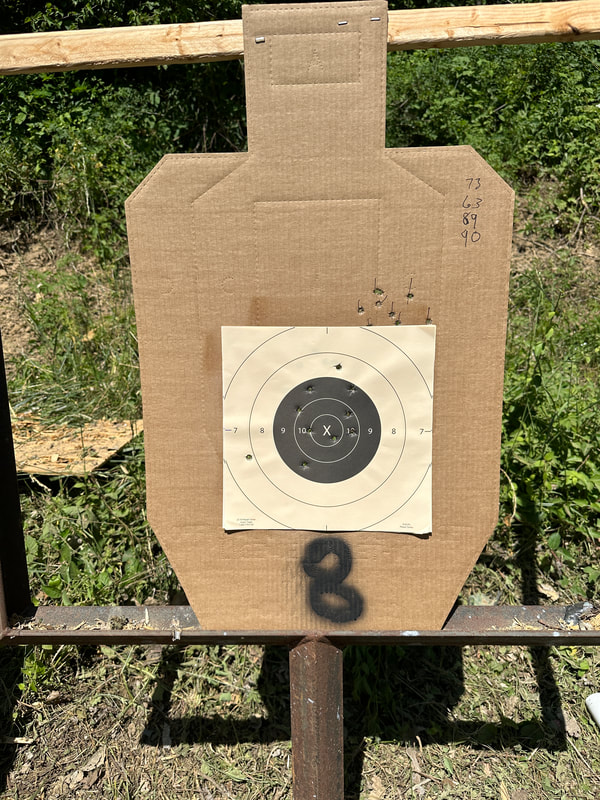
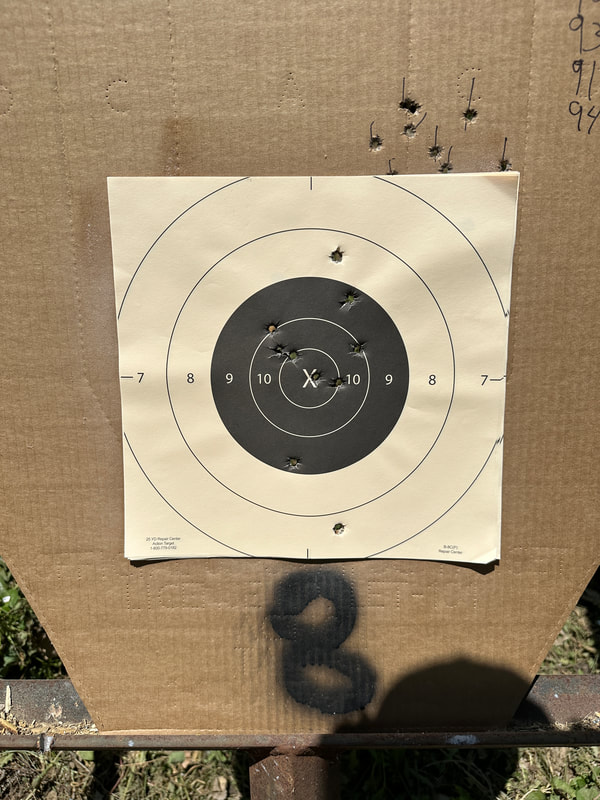
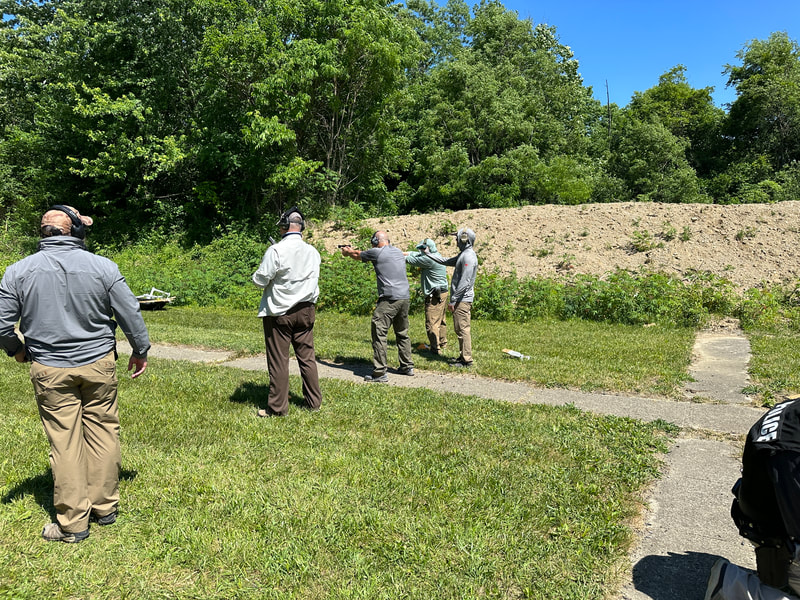
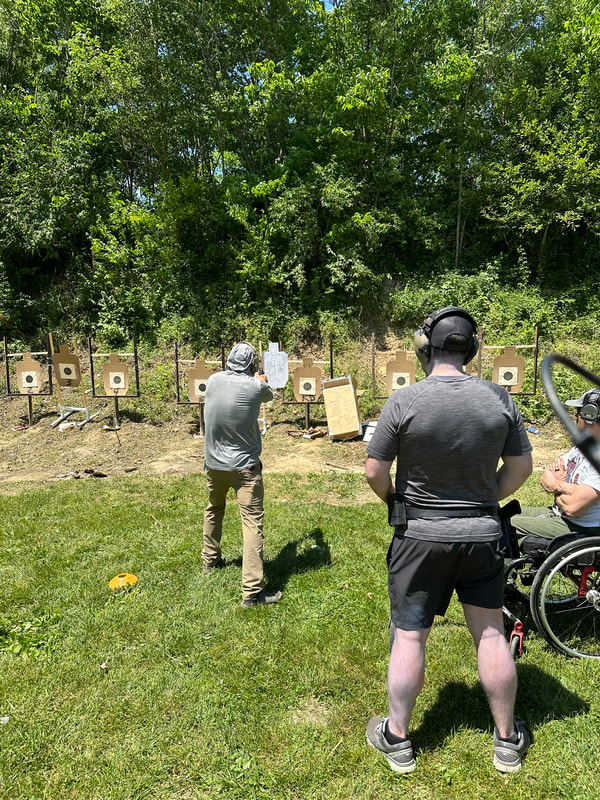
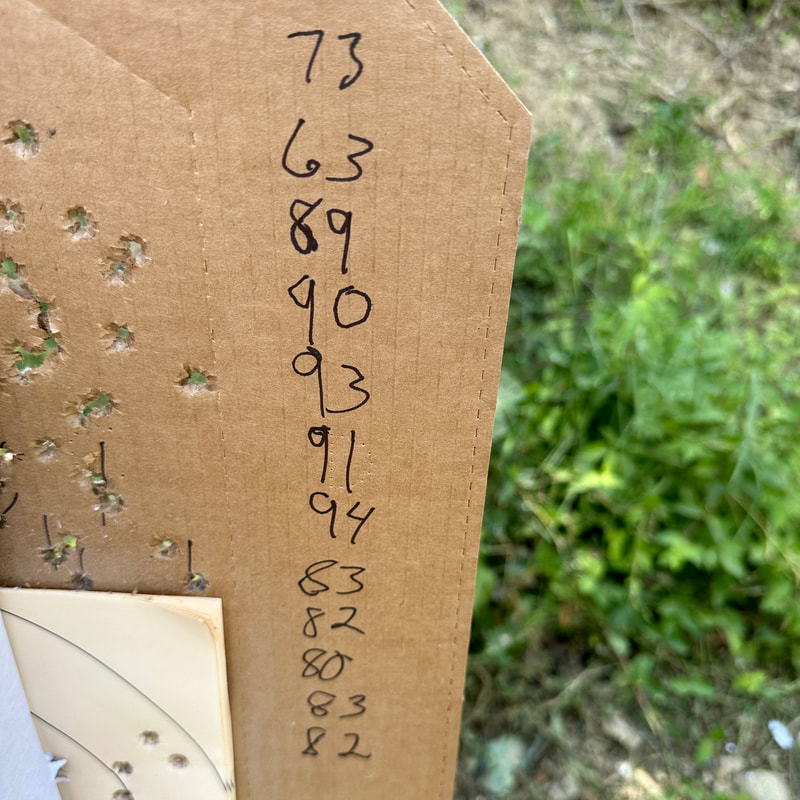
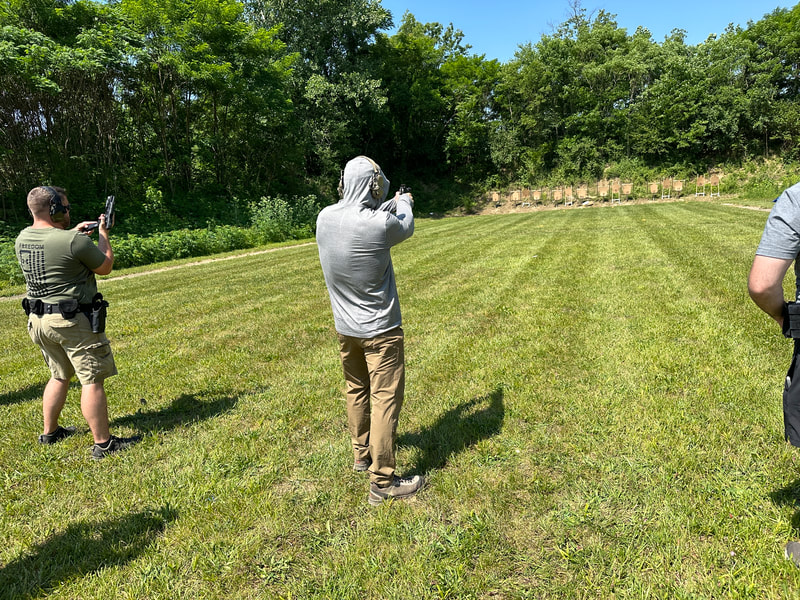
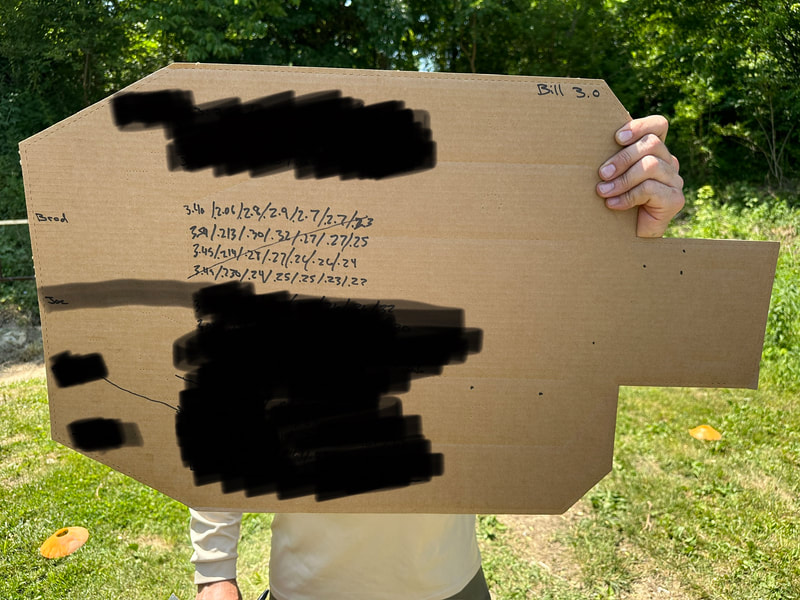
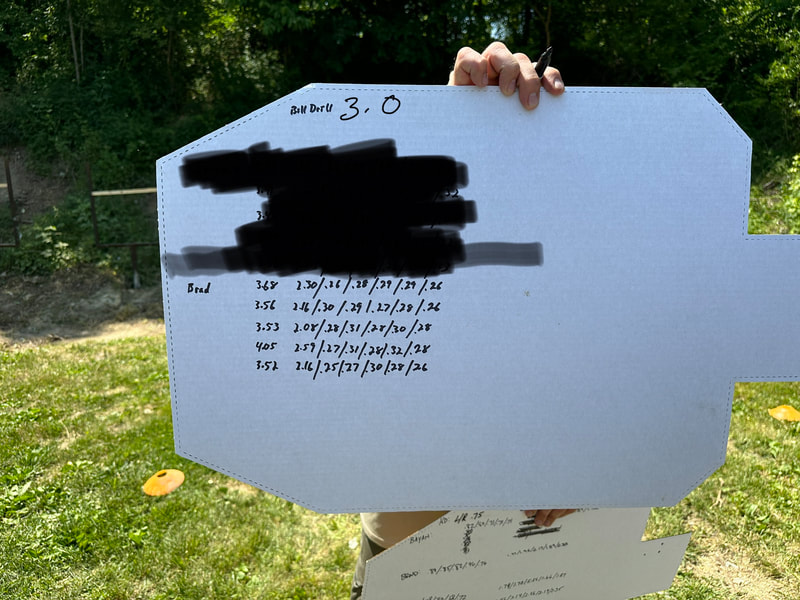
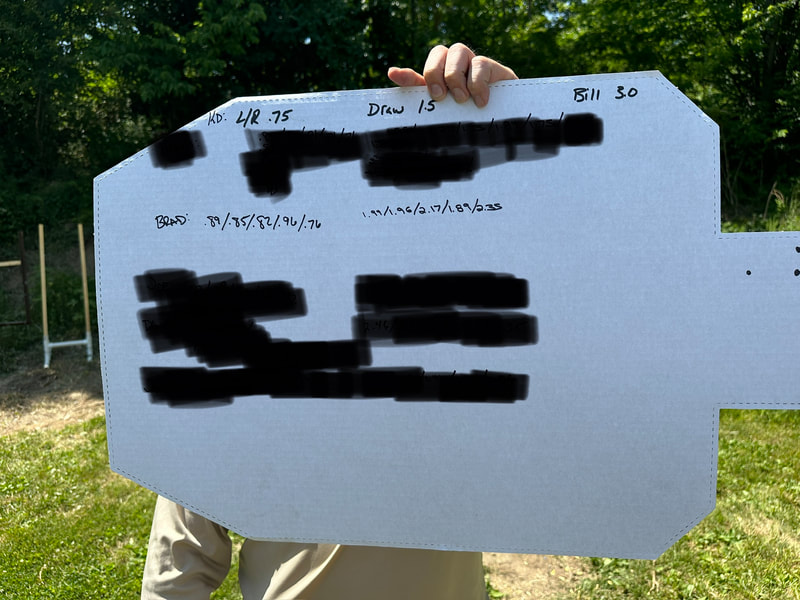
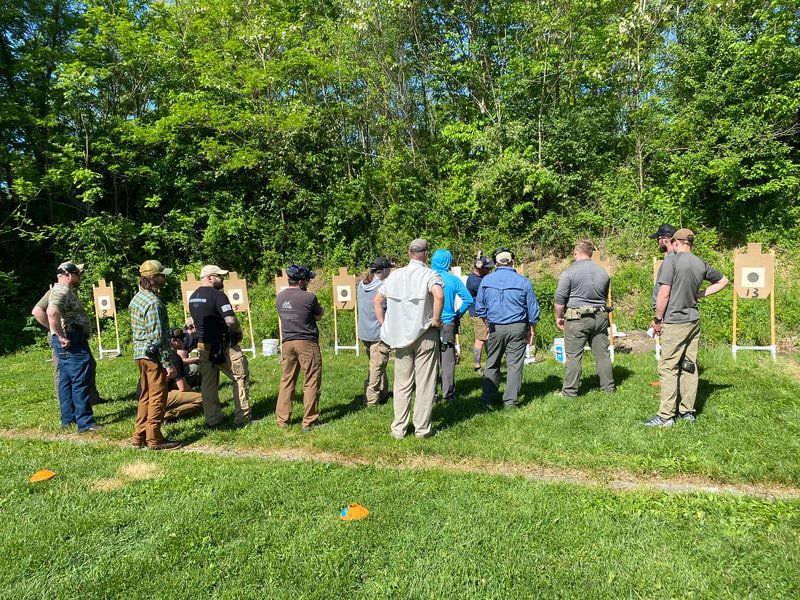
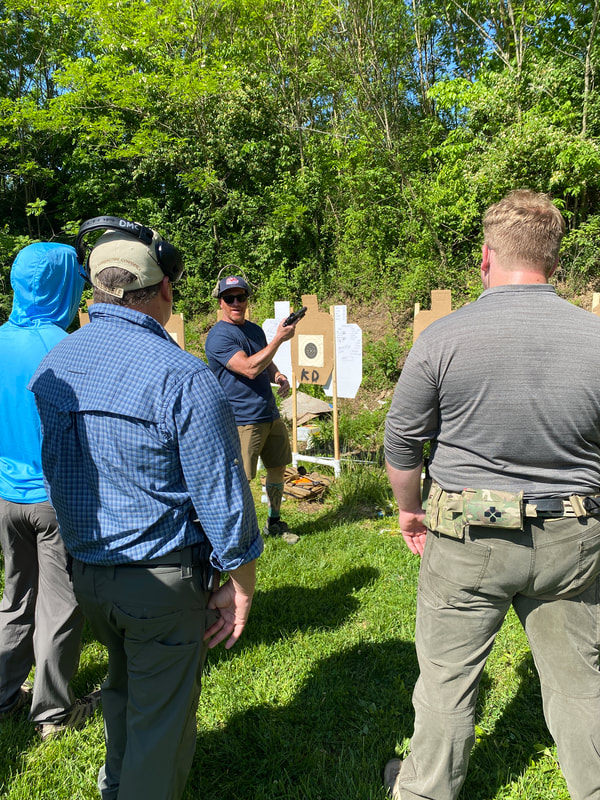
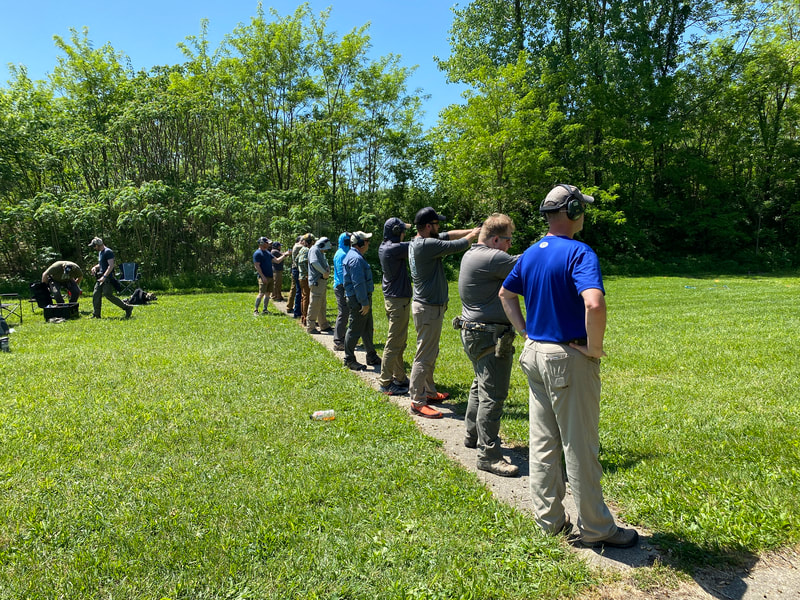
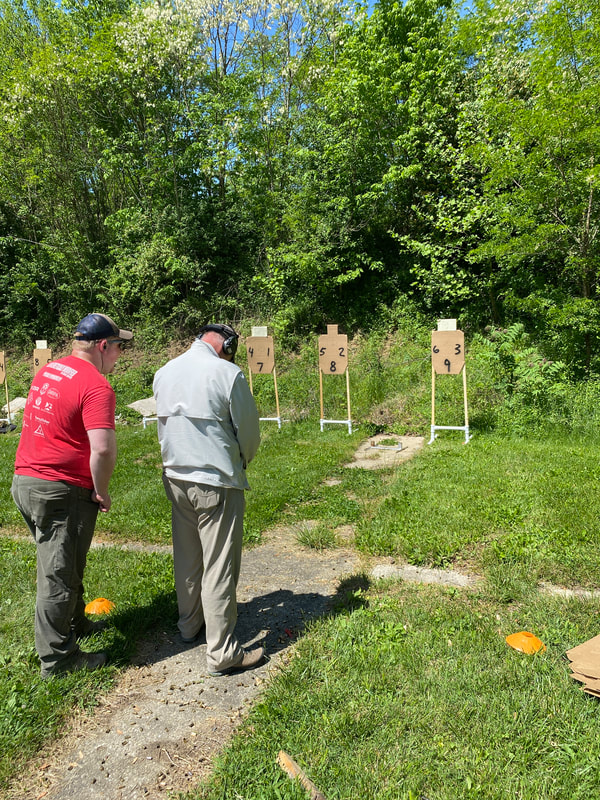
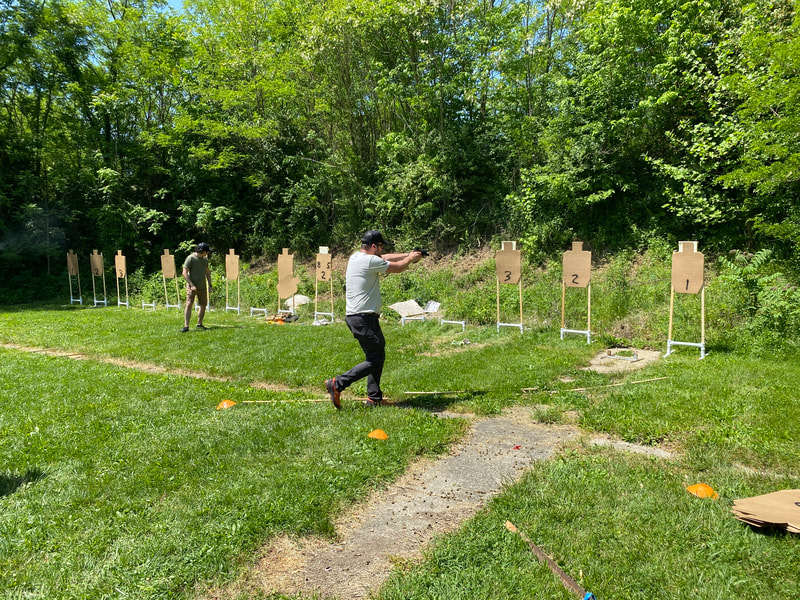
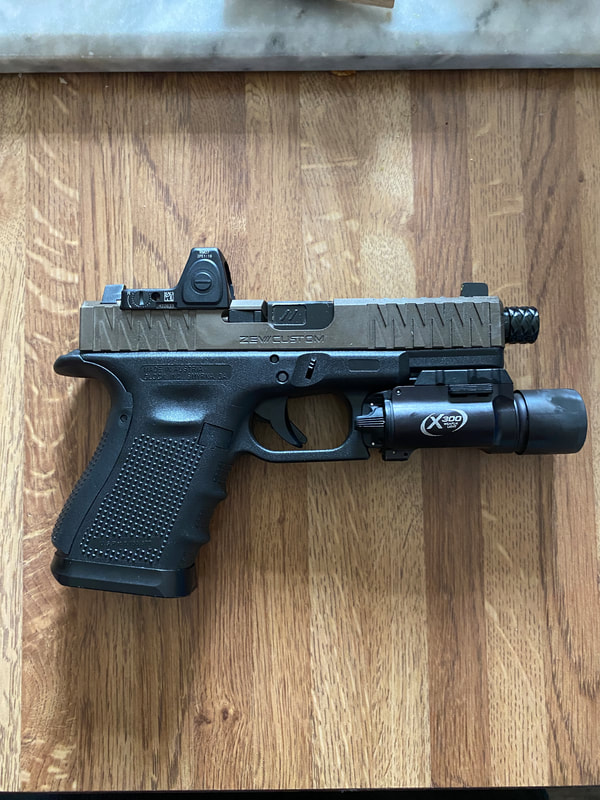
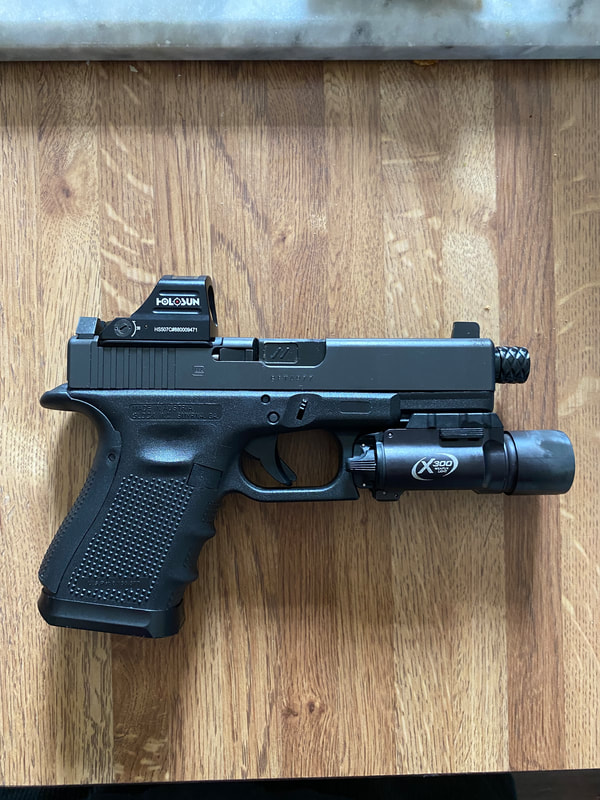
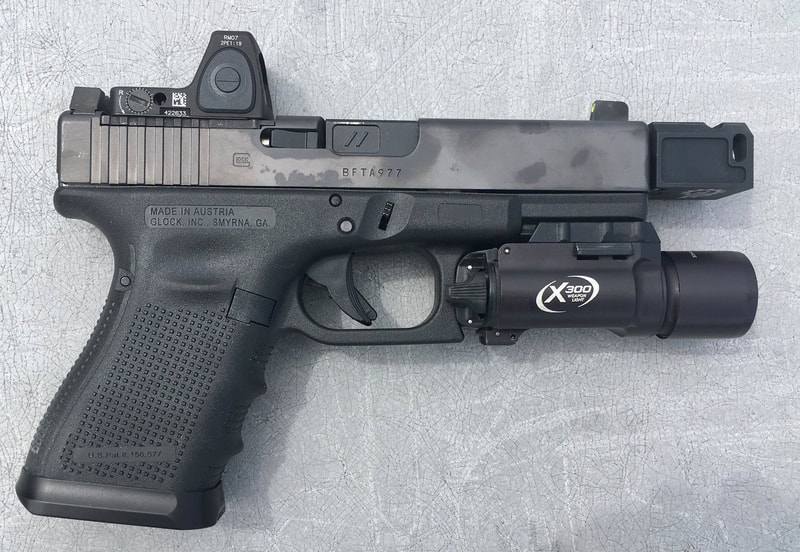
 RSS Feed
RSS Feed